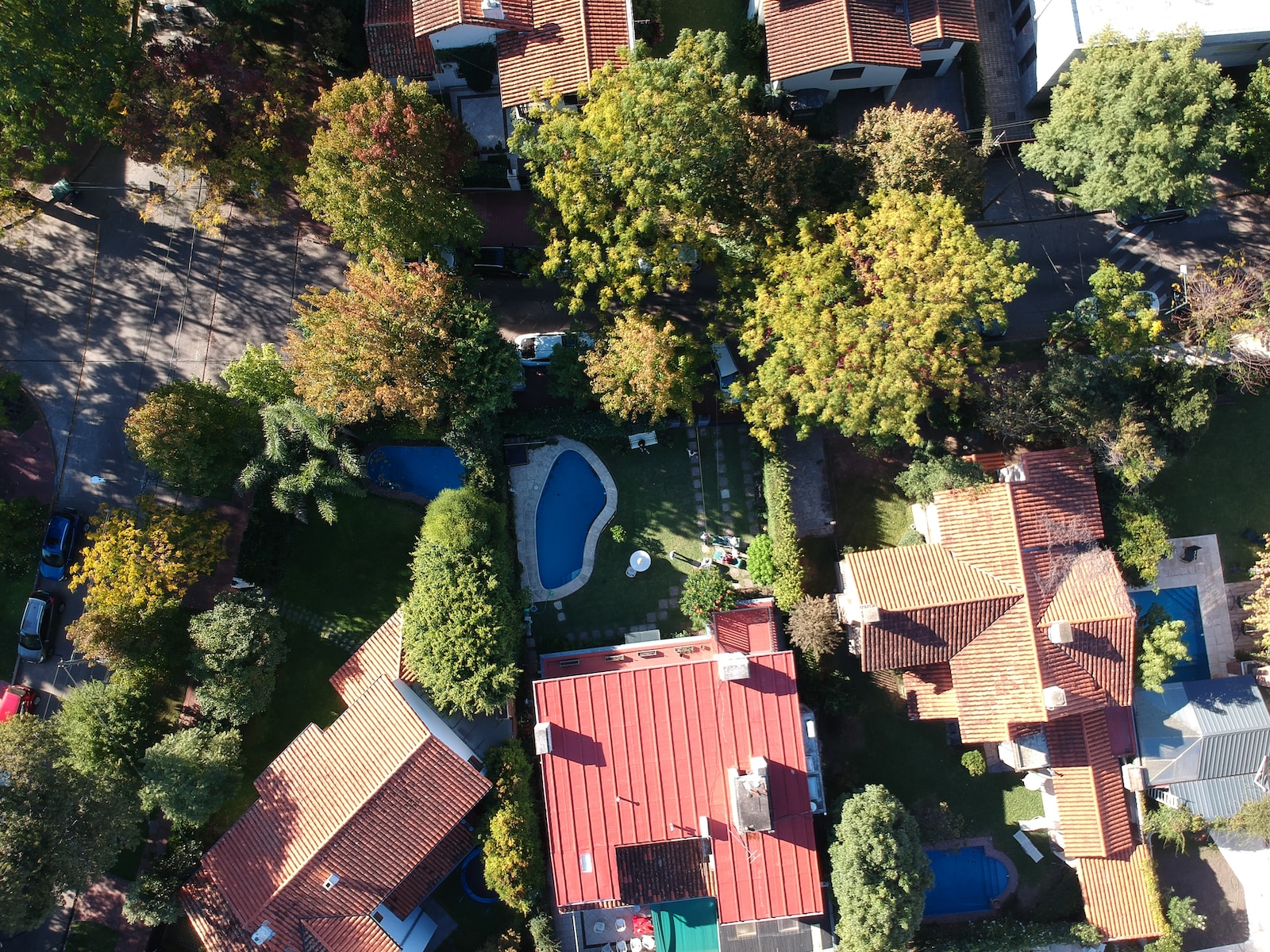This article seeks to summarise the key principles of case law in respect of certain areas of dispute relating to neighbour law and related nuisance which are commonly encountered. We note that this is a general summary and overview of the approach taken by our courts, the principles of which would need to be applied to the facts in each case.
Nuisance – Falling Leaves
In the case of Vogel v Crewe and another [2004] 1 All SA 587 (T) neighbours shared a common boundary and together had constructed a wall separating the two properties. The applicant had subsequently formed the opinion that the respondents’ trees and the trees’ root systems were causing damage to the wall, and were constituting a nuisance in that leaves were falling into the applicant’s swimming pool, blocking the applicant’s gutters and obstructing sewage systems. The applicant applied for an urgent interdict to have the trees cut down.
The court held that the test for whether a set of circumstances constituted a nuisance such that an interdict could be granted, was an objective test based on reasonableness. The Court noted that in present times, awareness of the need to conserve the environment had grown and in light thereof, increased tolerance of problems caused by the shrinking size of properties and increased proximity of neighbours, was possibly required.
The Court found that the benefits of conserving the trees (aesthetic pleasure and provision of shade and oxygen) had to be weighed against the nuisance caused to the applicant. The damage to the wall was, on the evidence, minor and easily reparable. With regard to the problems caused by overhanging branches, no evidence had been led that the drastic measure of doing away with the trees was necessary. The evidence had not shown that all the problems complained of had been caused by the overhanging branches. The application was refused with costs.
Nuisance – Overhanging Branches
The general principle governing overhanging branches, is that the owner is entitled to cut down branches which are overhanging over his property after having given the owner of the tree (his neighbour) reasonable notice to attend to the same (although there appears to be some discrepancy in the courts whether such notice is in fact required). Such owner which cuts down the branches of his neighbour (the owner of the tree) must offer such branches to his neighbour and if the neighbour refuses to accept them, then the owner may keep the branches or dispose of them himself. The approach we recommend is that the neighbours provide each other with sufficient notice before undertaking such cutting of branches, discuss who should attend to the cutting and reach a compromise as to who will keep/dispose of the branches as well as the costs associated therewith.
Nuisance – Water Flow
In the Supreme Court of Appeal Case of Pappalardo v Hau [2009] JOL 24655 (SCA) the parties were owners of adjoining properties within a residential estate. Both properties were situated on a slope. The respondent’s property was higher than that of the appellant. A boundary wall which separated the two properties had been erected by the appellant prior to the respondent constructing his residence. After the respondent completed his own building, he noticed that rainwater was gathering in the north-western sector of his property and damming up against the boundary wall shared with the appellant and a dispute ensued between the parties as to the manner in which the water was to be redirected.
The court held that relevant case law is marked by an emphasis on the “natural flow” of water as referring to the manner in which the water would have flowed, both as to quantity and locality, from the one property to the other over the land in its undisturbed state. Emphasis was also placed on the consideration that the upper owner has no inherent right to concentrate the flow of water at a particular point or at particular points. Although the quantity of water discharged may be equal to that which would have crossed the boundary if the land had been undisturbed, the lower owner would nevertheless be called upon to cope with a pattern of flow which would not naturally have occurred. The upper owner can only impose such a burden on his neighbour if there exists in his favour an express servitude, whether acquired by registration, prescription or by agreement, entitling him to do so. The principle distilled by the court from the authorities, was that at best for the upper owner, his right only extends so far as to require the lower neighbour to accept the “natural flow”. Where, as in this case, the upper owner sues to enforce this right, he is required to prove the amount of water constituting the “natural flow”. As the respondent had led no evidence in that regard, his case fell to be dismissed.
Amicable Resolution is the Best Solution
In conclusion we highly recommend that neighbours should always try to reach an amicable solution and compromise by the appointment of an independent expert or otherwise (even if costs are to be incurred by both parties), with a view to avoiding dispute being escalated to litigation which is a lengthy, unpleasant and costly experience. In this regard we would like to echo the sentiments of the appeal court in this regard in the case of Williams v Harris [1998] JOL 2667 (A):
“Who chooses to ride a tiger will find it difficult to dismount it unscathed. Much the same can be said of the decision of the parties to this appeal to indulge in litigation rather than settle their differences in a less acrimonious and costly way. A spat between neighbours about a boundary line, the source of water allegedly finding its way onto the property of one of them, and some overhanging ivy has generated a record on appeal of 501 pages. A petition in which leave to appeal was sought from the Chief Justice generated a further 400 pages. A further petition in which leave to place further evidence before the court was sought has spawned another 378 pages. All this expense has been incurred in an attempt to resolve by litigation issues which would have lent themselves to relatively easy resolution if the parties had at the outset joined in appointing and allowing appropriate independent experts to do on both properties what they regarded as necessary in order to arrive at the truth. Instead, they have fought a long and costly battle in the courts. It is not possible to say who was to blame for no settlement of the dispute having been reached. However, it is now too late for tears.”
This newsflash has been prepared for information purposes only and does not constitute legal advice, or a legal opinion, the practical application of the provisions of this newsflash will vary depending on the facts of each case.











